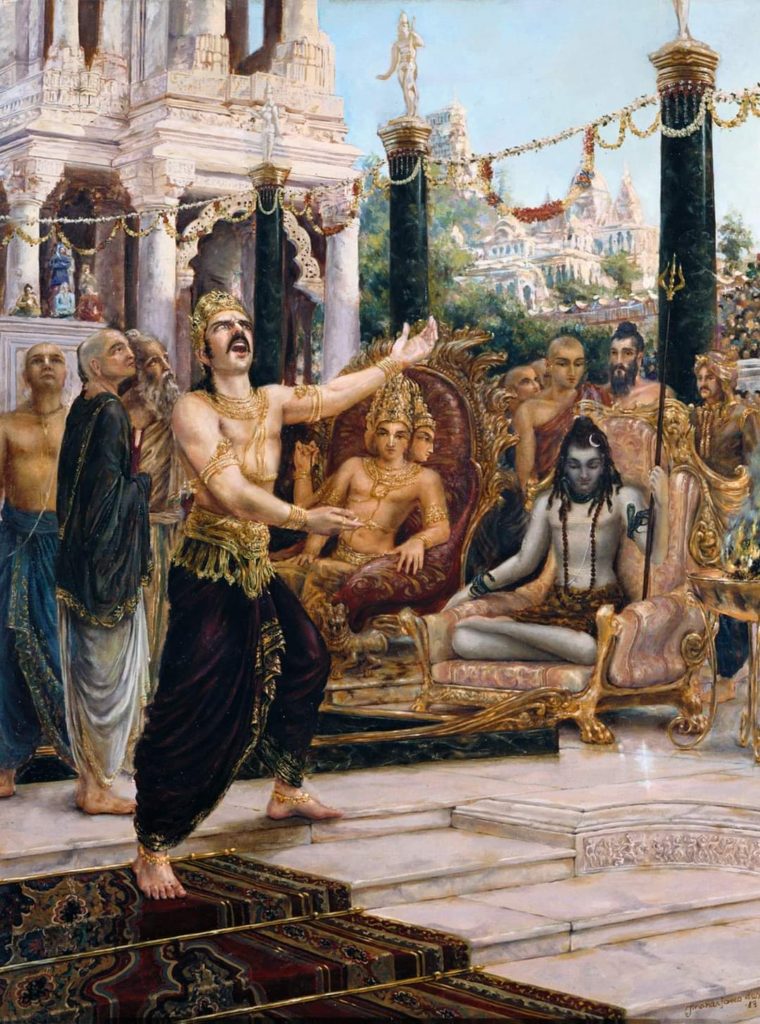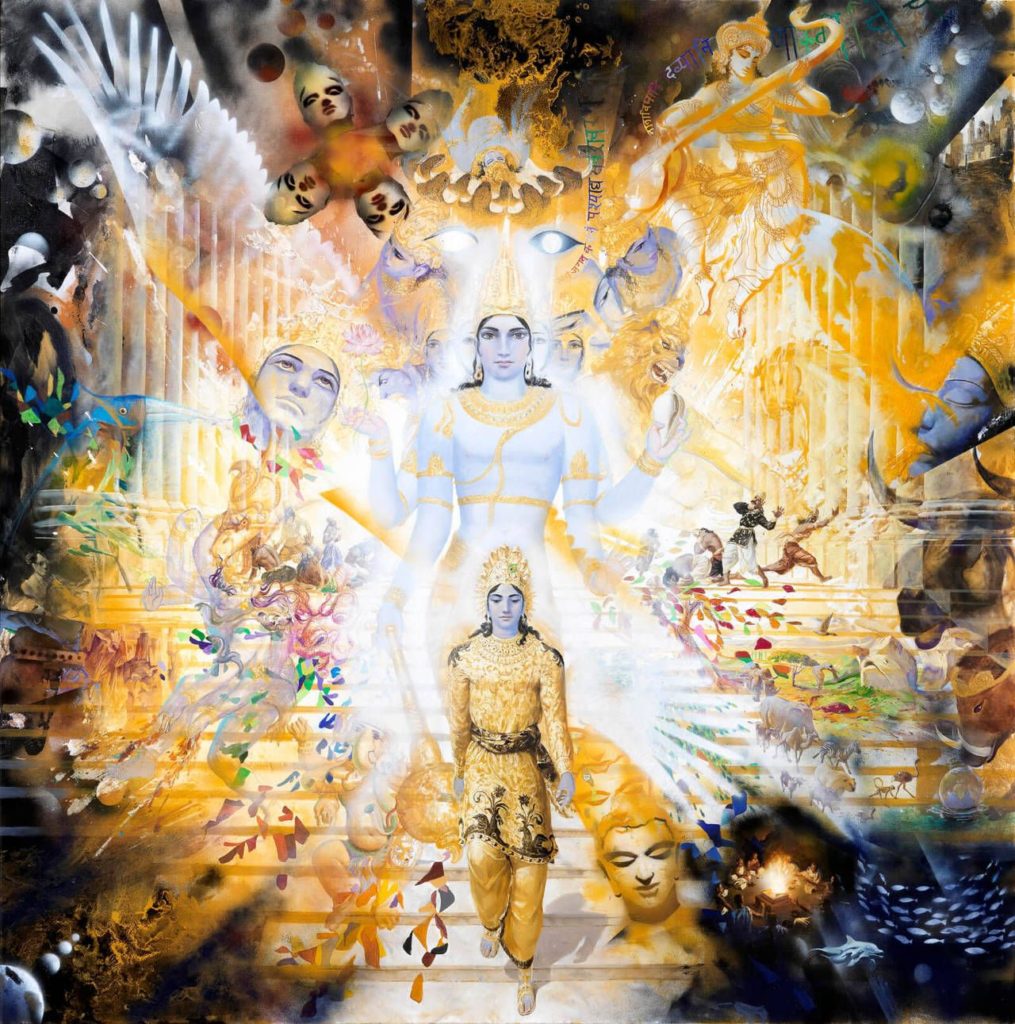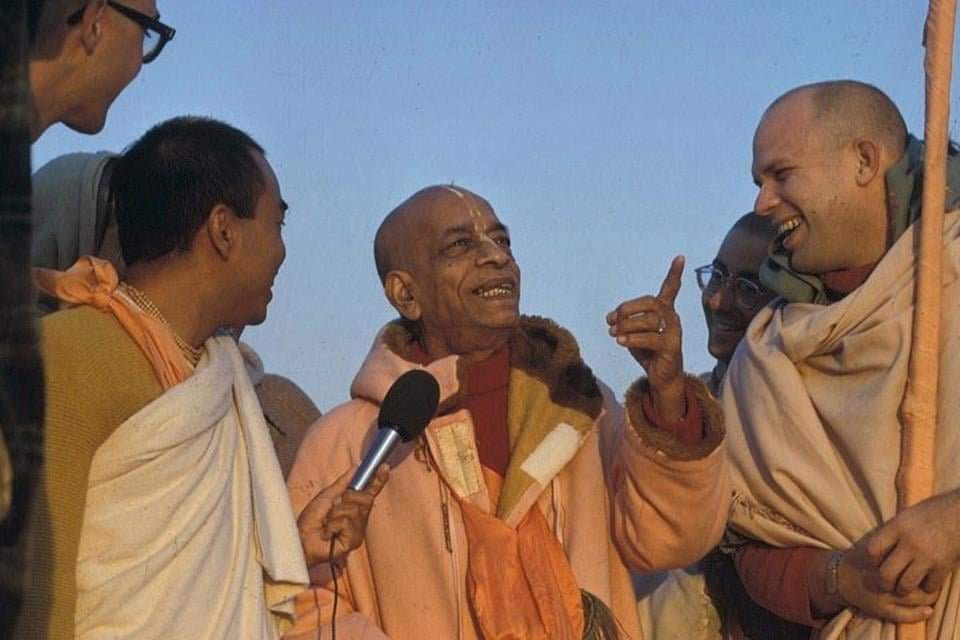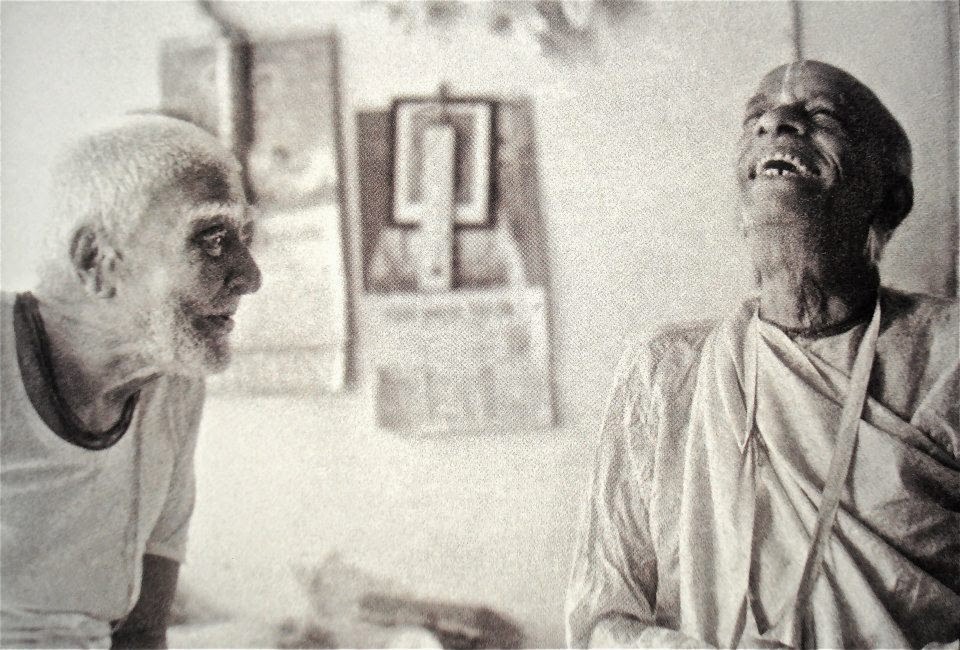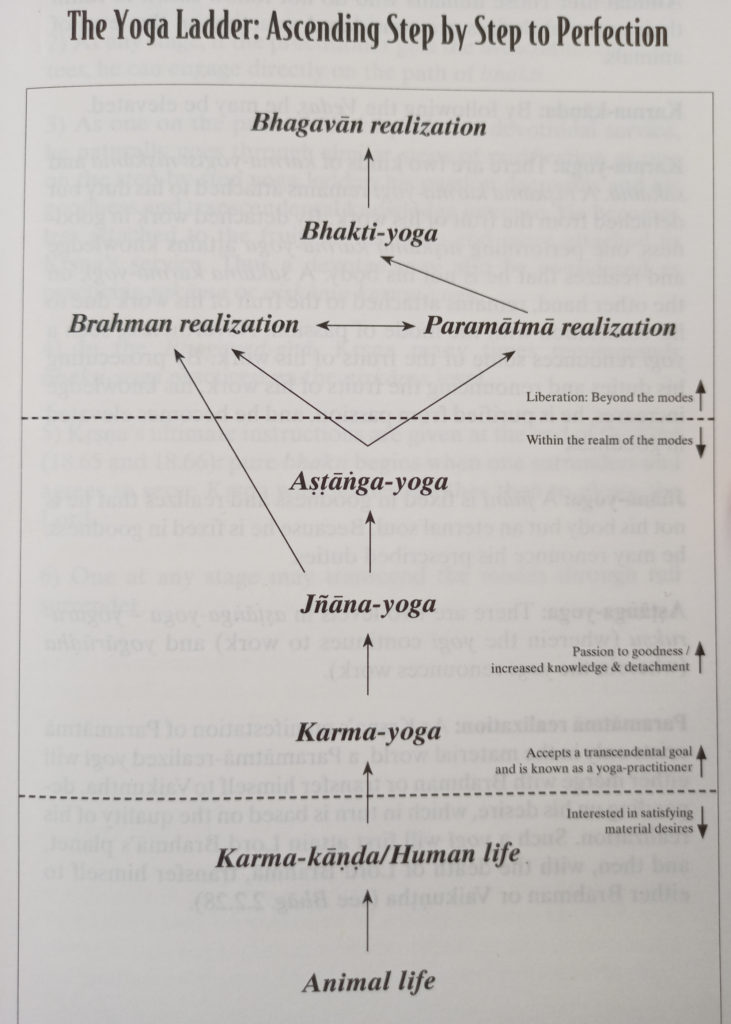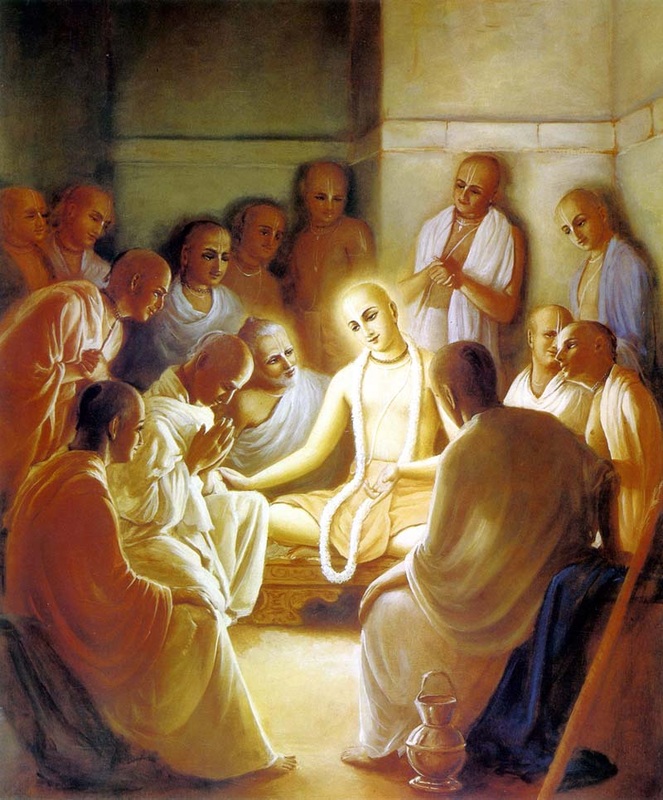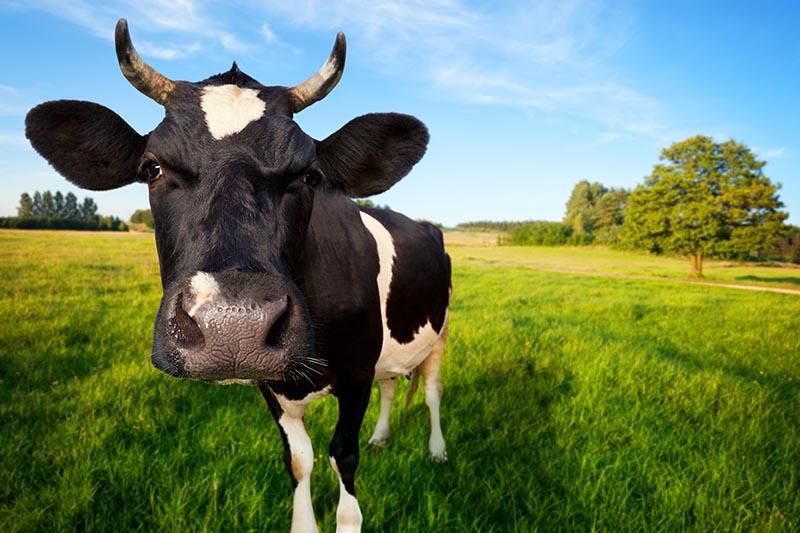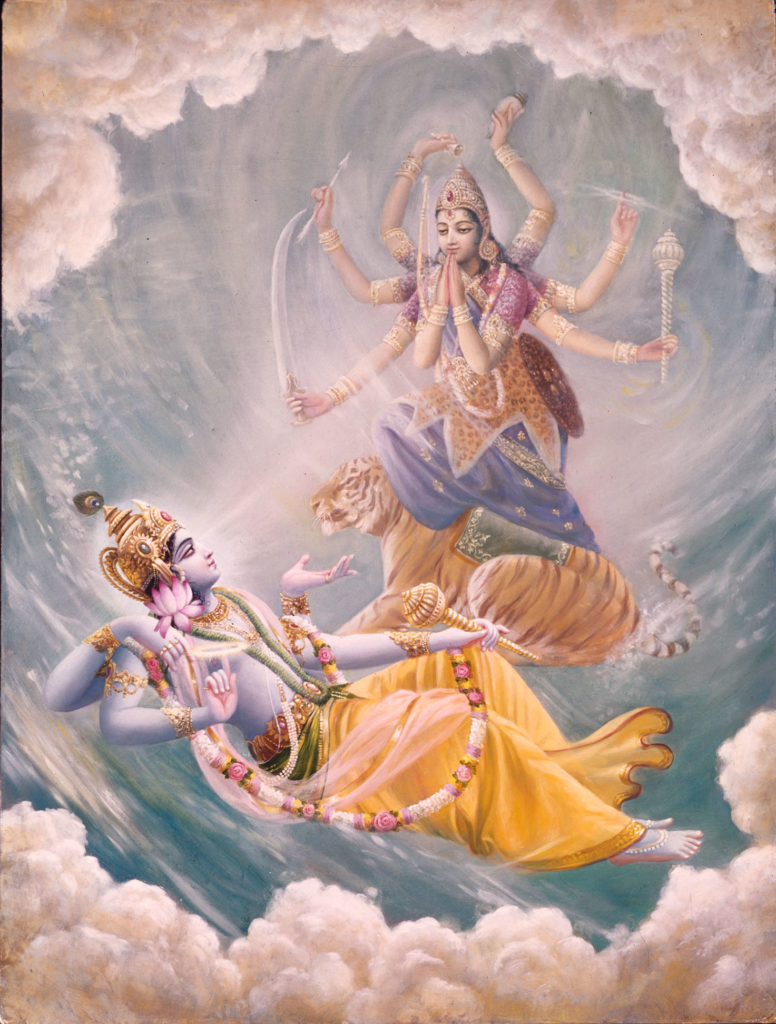Can a disciple disagree with his or her spiritual master? This is a much more complex point than it may seem at first.
First of all, there is the question of preferences and personal habits. We are all individuals and we have different personal tastes and preferences. This exists not only here but also in the spiritual world. The spiritual master may like rice and sabji, while the disciple may like pasta, and that’s perfectly fine.
Then there is the question of philosophical interpretations. Here the disciple must be in line with the spiritual master. If the spiritual master teaches that God is a person, but the disciple is convinced that he is an impersonal light, then there is no point in the relationship. The whole idea of a guru-disciple relationship is to learn the scriptures and their practical application from the spirtual master. If the disciple thinks he or she knows better, then there is no point in the relationship with the guru.
A third sphere is opinions around mundane topics. Here we have a giant gray area.
